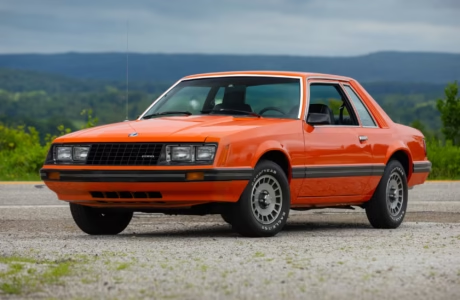Subtotal:
$2,099.99
7 Classic American Cars That Were Ahead of Their Time
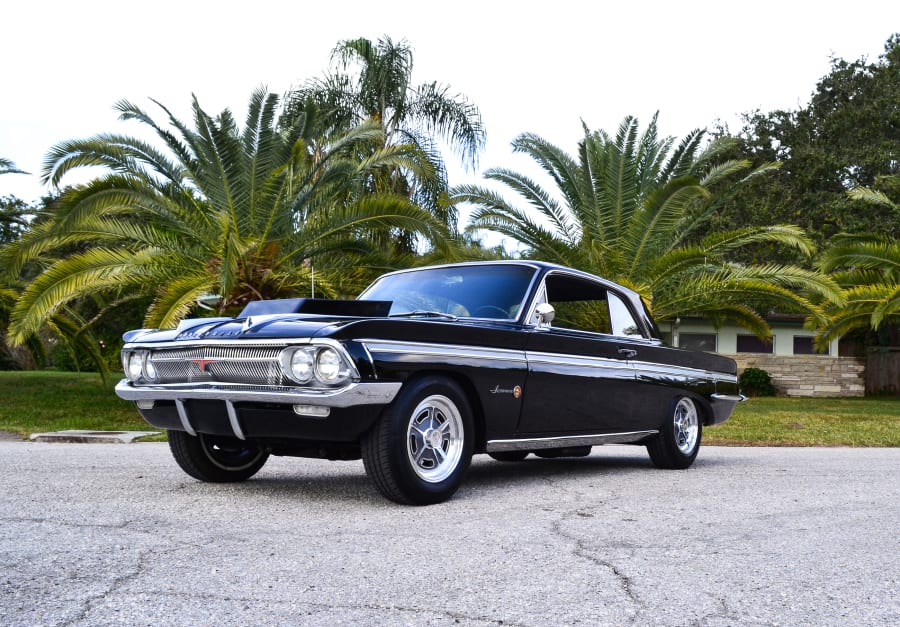
The modern era of passenger cars, starting in 1960, has been an era of dramatic change and innovation in the automotive world. While classic American cars are often celebrated for their raw power, sleek design, or muscle-bound appeal, some vehicles transcended their time, introducing features, technologies, or designs years ahead of their contemporaries.
Here, we explore seven standout classic American cars that captured the spirit of innovation and laid the groundwork for future trends, shaping the automotive industry we know today.
1. 1962 Oldsmobile Jetfire: Pioneering Turbocharging

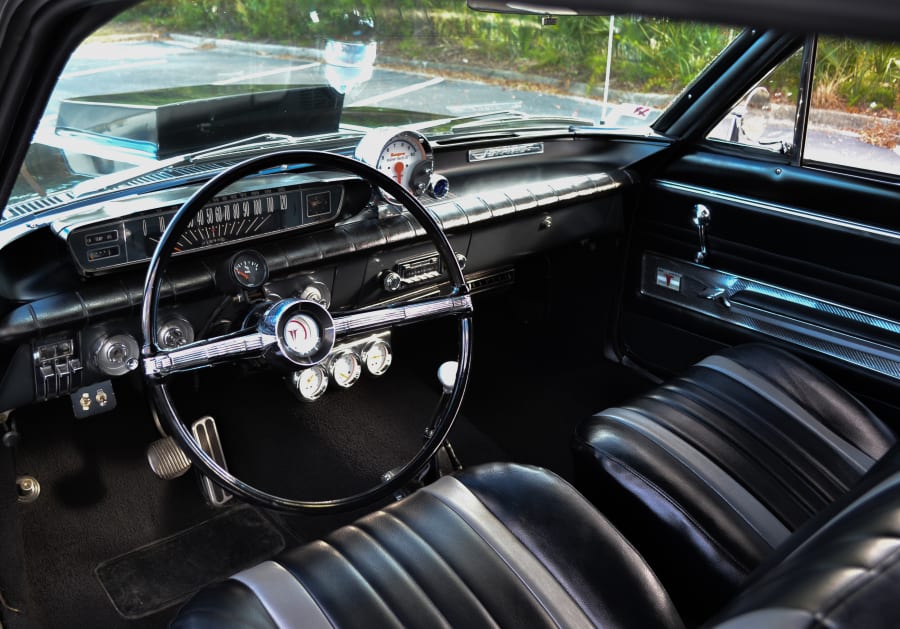

The 1962 Oldsmobile Jetfire was a trailblazer, being one of the first mass-produced turbocharged cars, setting the stage for turbocharging for both performance and efficiency.
Turbocharged V8 Engine: Powered by the new 3.5-liter aluminum V8 with a Garrett AiResearch T05 turbocharger, the Jetfire produced an impressive 215 horsepower while boosting torque by 30 percent, making it a pioneer in forced induction technology.
Aluminum Engine Block: Its lightweight aluminum engine block improved fuel efficiency and performance, making the Jetfire more agile than heavy cast-iron engines. Today, most engine blocks are cast from aluminum.
Legacy: Despite its short production run due to maintenance demands, the Jetfire paved the way for future turbocharged vehicles, which are now a common feature in everything from economy cars to high-performance models.
2. 1963 Jeep Wagoneer: The Original Luxury SUV
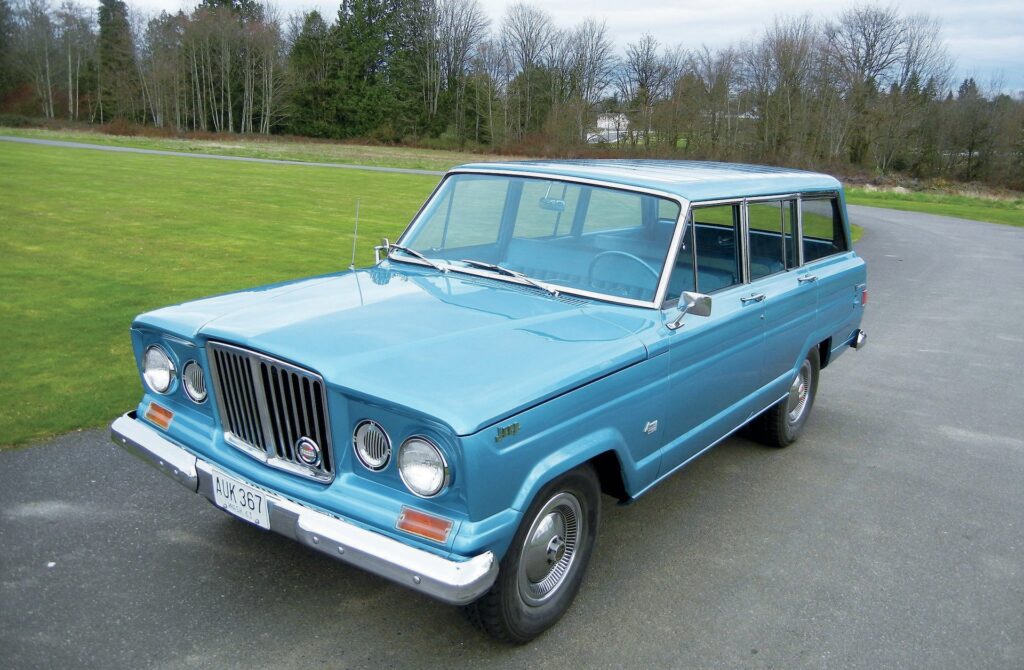
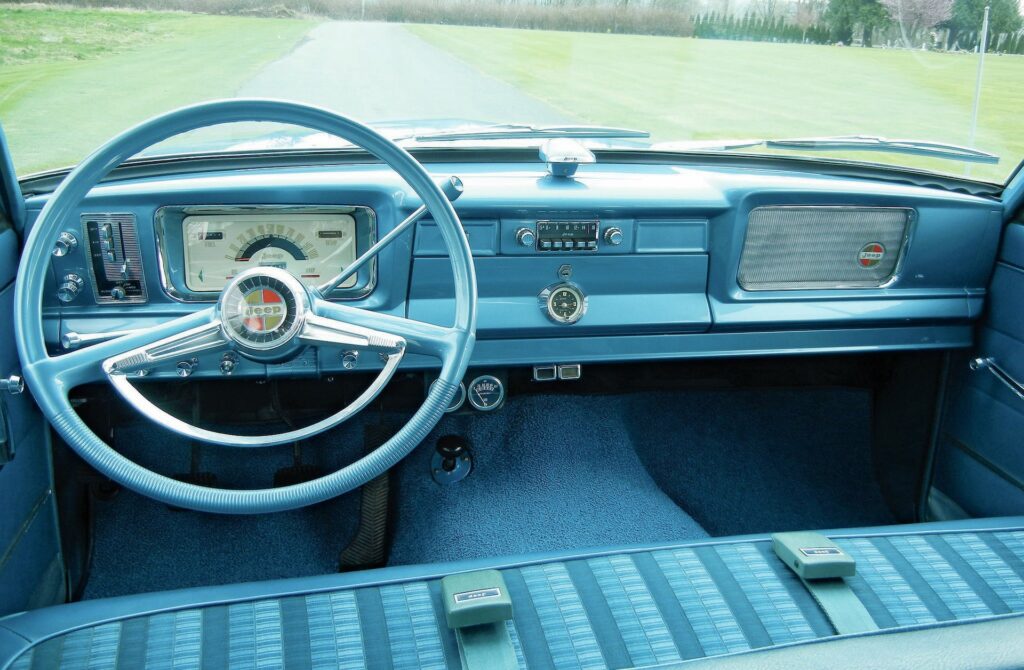
The Jeep Wagoneer revolutionized the SUV market in 1963, blending true off-road capabilities with creature comforts—decades before the luxury SUV trend took off.
First SUV with Automatic Transmission: The Wagoneer was the first 4×4 to offer an automatic transmission, making it easier for everyday drivers to enjoy off-road adventures without the complexities of manual gear shifting.
Pioneering Independent Front Suspension: Unlike most rugged vehicles of its era, the Wagoneer featured an independent front suspension, delivering a smoother and more comfortable ride on rough terrain and paved roads.
Luxury Features: The Wagoneer introduced high-end amenities like air conditioning, power steering, and upscale interiors, making it the first SUV to offer what, at the time, would be considered a luxury experience.
Legacy: By combining off-road capability with comfort and style, the Wagoneer set the blueprint for the modern luxury SUV, influencing today’s high-end models.
3. 1964 ½ Ford Mustang: Birth of the Pony Car

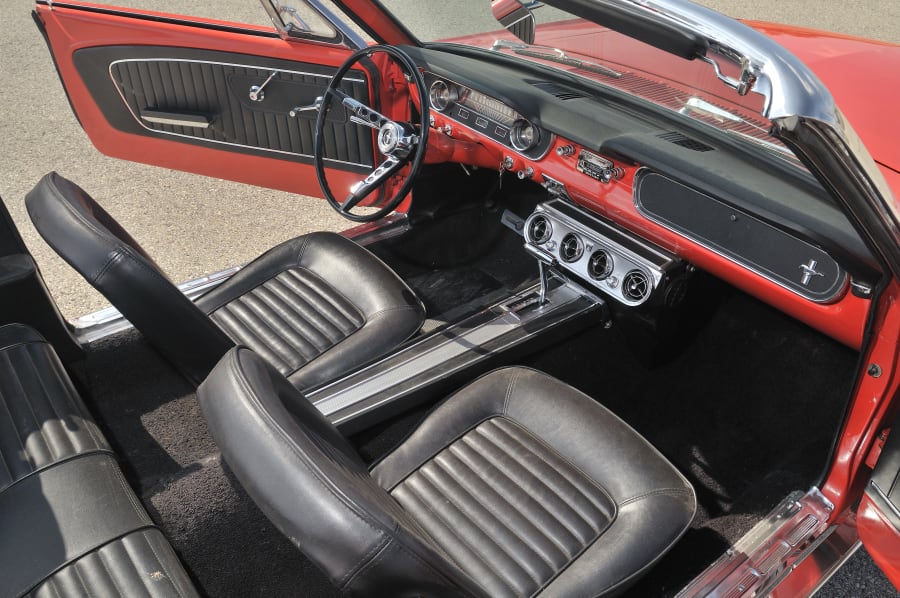

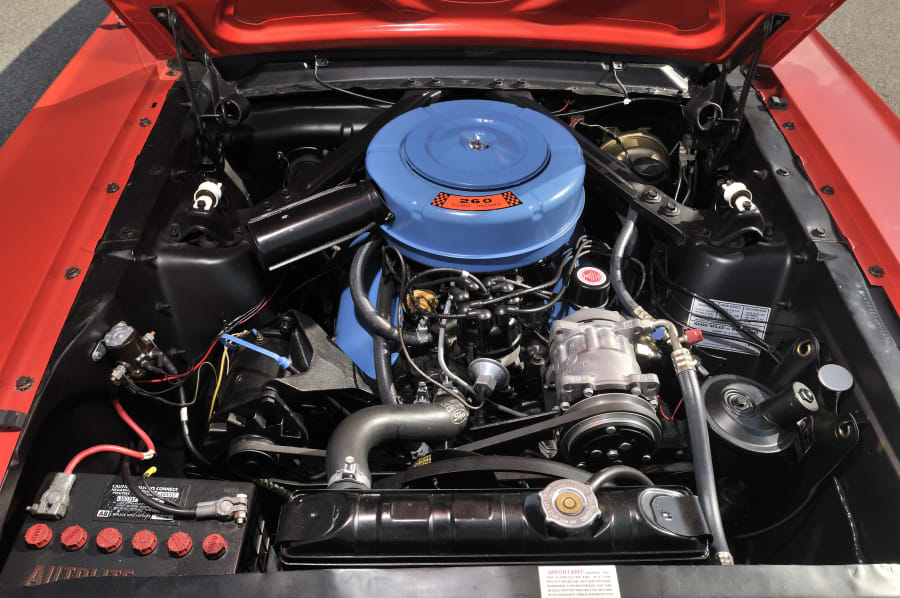
The 1964 ½ Ford Mustang redefined American cars, launching the pony car segment and offering an affordable blend of performance and style.
Accessible Performance: Buyers could choose from various engines, from a practical inline-six to a powerful V8, making the Mustang appealing to casual drivers and enthusiasts alike.
Customization for the Masses: Ford offered numerous options, including convertible tops and a wide range of interior and exterior packages, allowing buyers to tailor the car to their preferences.
Legacy: The Mustang’s compact size and performance mix cemented its status as an American icon, influencing cars like the Camaro and Challenger, and continues to shape Ford’s lineup today.
4. 1980 AMC Eagle: The First Crossover SUV
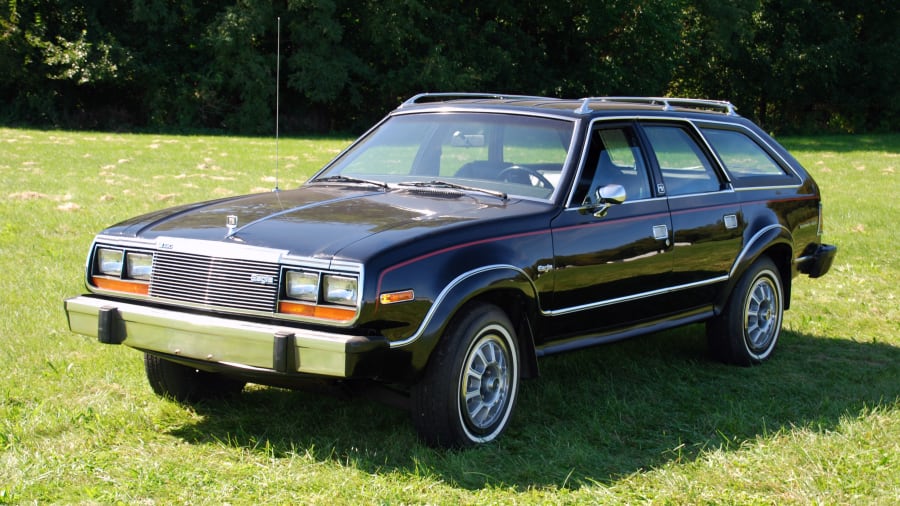
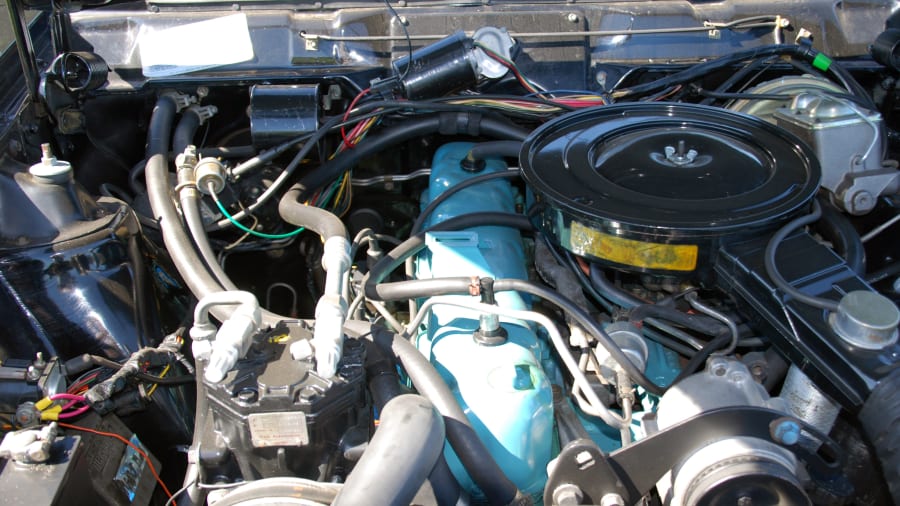
Before crossovers dominated the market, the AMC Eagle blended car comfort with SUV capability.
Pioneering All-Wheel Drive: The Eagle was one of the first American cars with full-time all-wheel drive, offering exceptional traction and stability, a feature embraced by today’s crossovers.
Blurring the Line Between Car and SUV: Built on a passenger car platform, the Eagle provided car-like handling while offering the off-road capabilities of an SUV, creating the blueprint for modern crossovers.
Legacy: The Eagle’s mix of comfort and utility influenced today’s crossovers, making it a precursor to the modern SUV market.
5. 1984 Ford Mustang SVO: Turbocharged Precision


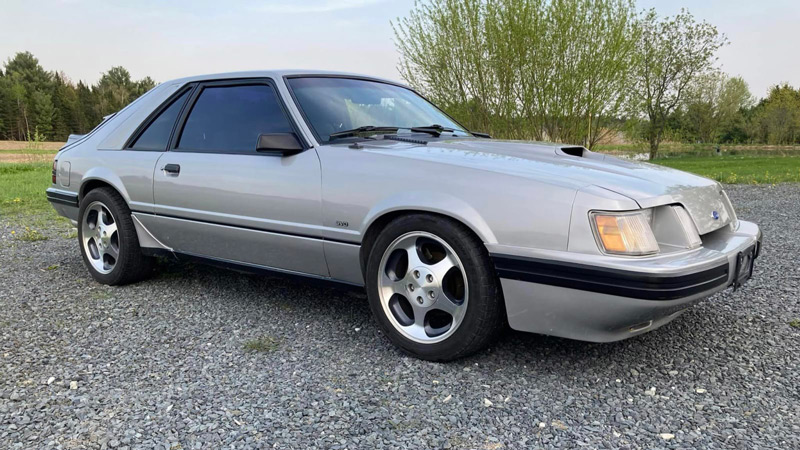
As muscle cars waned in the early 1980s, the Mustang SVO pointed to the future with a balanced, high-tech approach to performance.
Turbocharged Efficiency: Powered by a 2.3-liter turbocharged four-cylinder engine, the SVO produced 175-205 horsepower, high output for time, proving that performance could come without sacrificing efficiency—a concept now central to modern cars.
Advanced Handling: Equipped with Koni adjustable shocks, a limited-slip differential, and four-wheel disc brakes, the SVO focused on precision and control, not just straight-line speed.
Legacy: The SVO’s focus on turbocharging, handling, and technology foreshadowed today’s performance cars like the Mustang EcoBoost, with small, turbocharged engines and balanced design.
6. 1984 Chevrolet Corvette (C4): The Technological Sports Car

The Corvette C4 marked a significant shift from the C3, prioritizing technology, handling, and aerodynamics over raw power, making it one of its era’s most advanced American sports cars.
Digital Instrumentation: The C4 was the first Corvette with a fully digital dashboard, introducing cutting-edge technology that would later become standard in almost every car.
Aerodynamic and Lightweight: Its sleek, low-slung body and lightweight chassis improved aerodynamics and handling, demonstrated by beating Porsche 29-0 in the SCCA Showroom Stock Pro series.
Legacy: The C4 transformed the Corvette from a dated model into a world-class sports car, setting the foundation for future models like the C5, C6, and the mid-engine C8.
7. 2001 Pontiac Aztek: The Crossover Trendsetter
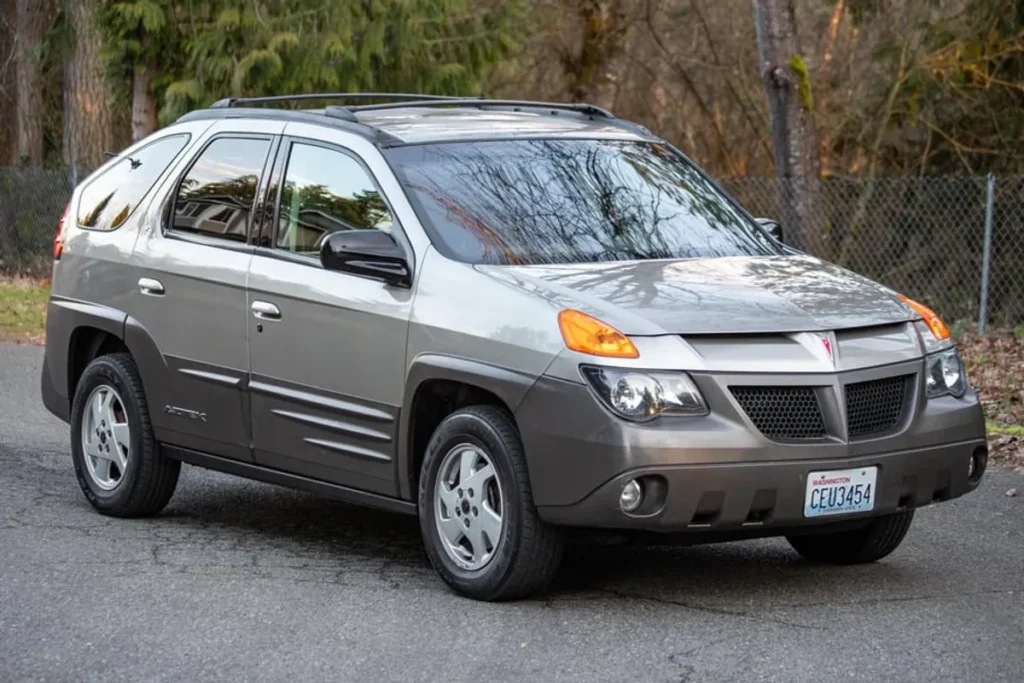
The Pontiac Aztek is often remembered for its polarizing design, but beneath that exterior was a car ahead of its time.
Early Crossover Pioneer: The Aztek was one of the first front-wheel drive crossover SUVs, blending car-like handling with SUV utility, foreshadowing today’s crossover-dominated market.
Lifestyle-Oriented Features: Designed for active lifestyles, it offers unique features like a removable cooler, a built-in tailgate tent, and a flexible interior for cargo or passengers.
Legacy: Though criticized initially, the Aztek has gained a cult following and is now recognized as a trendsetter in the crossover market.
Conclusion
The vehicles on this list were pioneers in their respective areas. Whether through innovative design, cutting-edge technology, or revolutionary features, each vehicle was ahead, leaving a lasting impact on the automotive industry.
While some were commercial failures, their innovations laid the groundwork for many trends that define today’s vehicles. From turbocharging and all-wheel drive to the rise of the crossover, these cars have helped shape the future of automotive design and continue to inspire enthusiasts and engineers alike.
As these classic American cars continue to inspire and influence modern automotive design, their legacy lives on through form and function. Maintaining and upgrading performance and handling is vital for enthusiasts who want to keep these icons on the road.
That’s where Aldan American suspension components come in. Known for high-quality, adjustable suspension systems, Aldan American offers shock, coilovers, and tubular suspension arms designed to enhance your classic american car’s ride, handling, and stance. Whether you’re restoring a 1964 ½ Mustang or upgrading a C4 Corvette, Aldan American has the suspension components to help these innovative vehicles drive like they were always meant to—better than ever.




